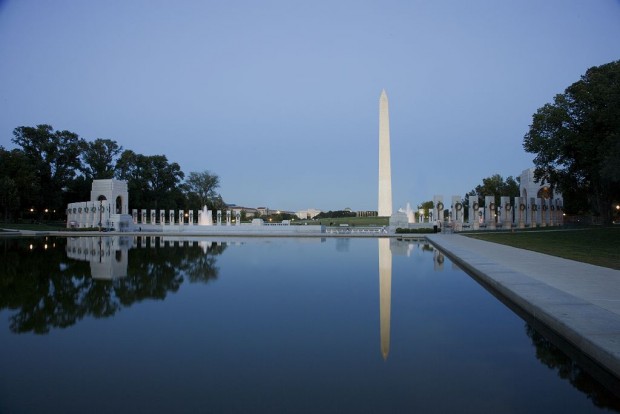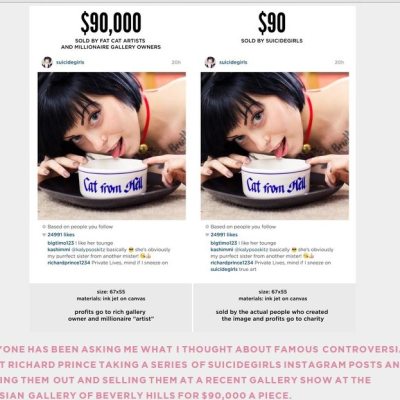The photographic stock libraries Getty Images and Alamy, and other affiliates, have found themselves subject to a New York district court claim filed by US photographer Carol M. Highsmith. Highsmith, whose work documents 21st-century America, brought the claim at the end of July 2016 after receiving a letter from enforcement agency LCS demanding a royalty payment for the unauthorised use of a photograph. Highsmith alleges that LCS did so on Getty’s behalf.
LCS had unfortunately not checked the particulars of the demand. The image in question was published on the photographer’s own not-for-profit website and Highsmith still owns copyright in the photograph. In a further twist, Highsmith neither employed Getty as an agent nor licensed her works for use. Instead, the photograph formed part of the digital works which she donated to the US Library of Congress in 2009. The archive ‘Carol M. Highsmith’s America: Documenting the 21st Century’ contains over 25,000 royalty-free images of the photographer’s work.
Fallingwater, also known as the Edgar J. Kaufmann Sr. Residence. Carol M. Highsmith. Library of Congress, prints and photographs division

According to the pleadings, Highsmith alleges that Getty and its affiliates are unlawfully charging licensing fees where none are due and ‘fraudulently holding themselves out as the exclusive copyright owner’ of the works. The claim alleges that Getty committed ‘at least’ 18,755 infringements of Highsmith’s work and therefore, the court should award $468,875,000 in damages. The case is pleaded under the copyright infringement provisions of The Digital Millennium Copyright Act (‘DMCA’) which also enables a court to award damages that are ‘triple the amount that would otherwise be awarded, as the court considers just’ if the infringement is committed after a person has already been found to have committed copyright infringement in the three years preceding.
In late 2013, the same New York district court awarded photographer Daniel Morel $1.2m in damages against Getty Images and Agence France Presse (‘AFP’) for copyright infringement. The case, which took three years to conclude concerned eight of Morel’s photographs depicting the 2010 Haiti earthquake, which he posted to Twitter. The images were retweeted and eventually picked up by AFP. AFP then transmitted them to Getty, which distributed the images to its clients. That is to put it simply. The trial examined the mistakes and oversights which occurred in both the acquisition, accreditation and processing of the photographs, eventually awarding the maximum statutory penalty set out under the DMCA. While Morel’s claim is most oft cited, a law firm in Florida also filed a claim against Getty after receiving an inaccurate royalty demand. In Highsmith’s current claim, the defendants could be liable for over $1 billion in statutory damages.
As demonstrated by Morel’s claim, the issues in the Highsmith case will likely boil down to mistakes: missed opportunities to identify the photographer’s works as royalty-free; the overzealous policing software employed by Getty to weed out potential infringements across the internet; or the broad-brush approach to sending ‘cease and desist’ letters. Getty might very well argue that such automated review is done in order to protect copyright holders’ interests. In the age of social media such review is no small task. A more nuanced view, however, might be appropriate considering the potential revenue generated, should photo stock companies demand fees for images which do not require any.



